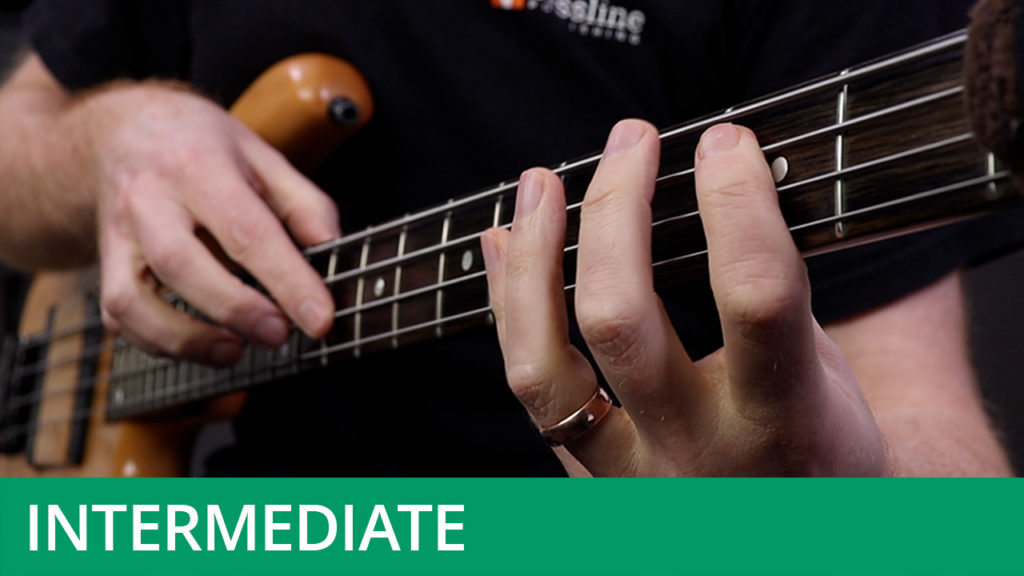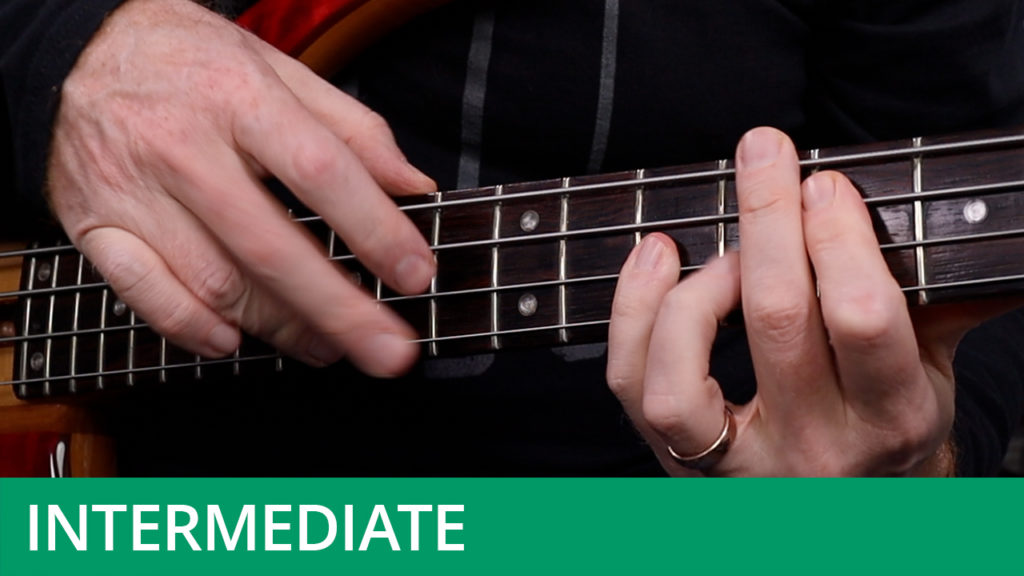Contrapuntal Tapping
Course Duration: 1 Hour & 34 Minutes | Difficulty Level: 5
If you have worked through the Beginner Tapping course, you will have learnt how to use the two-handed tapping technique to play a variety of different lines. These include outlining chord progressions using voice leading and providing accompaniment parts using chords and arpeggiated figures. Consequently, you should by now be quite comfortable with the basic mechanics of the technique. This course will develop the rhythmic independence ideas that were covered in the previous course and demonstrate how they can be used to play contrapuntal lines.
Counterpoint is the relationship between two or more parts that work together, but which are rhythmically independent. Music written in this way is described as ‘contrapuntal’. This course will explore some basic contrapuntal ideas on the bass, most of which will consist of a bassline performed by the fretting hand, and a melody or chordal motif performed by the picking hand.
Don’t forget to hit the Download Resources button above in order to download the PDF worksheet and audio files for this course (available to subscribers only).




